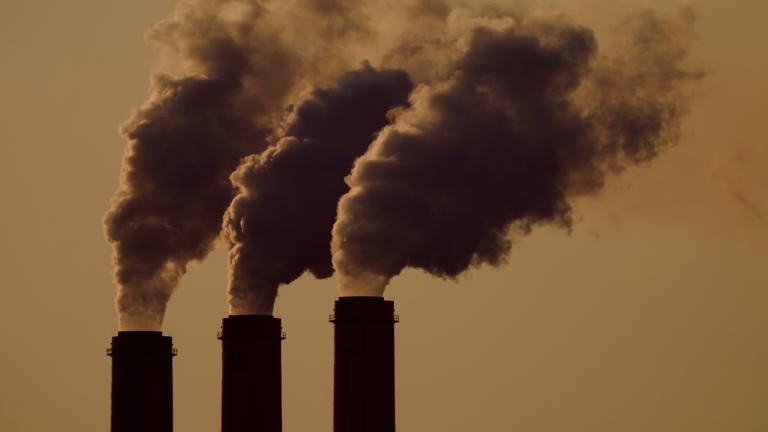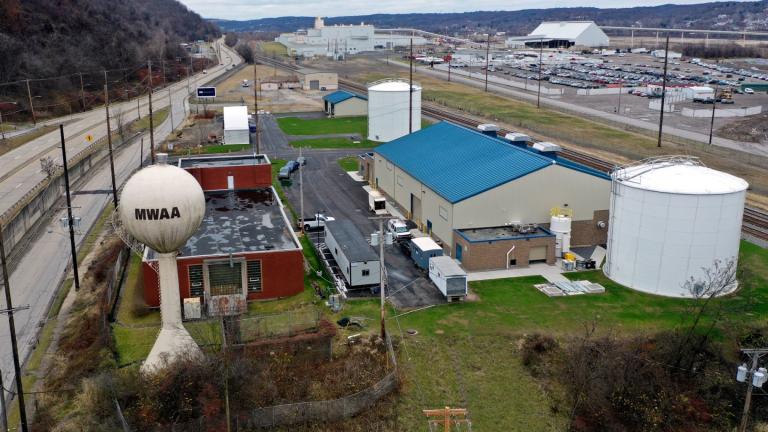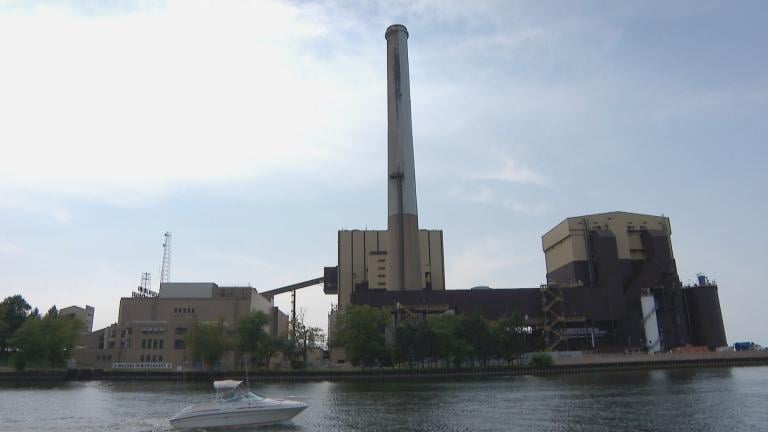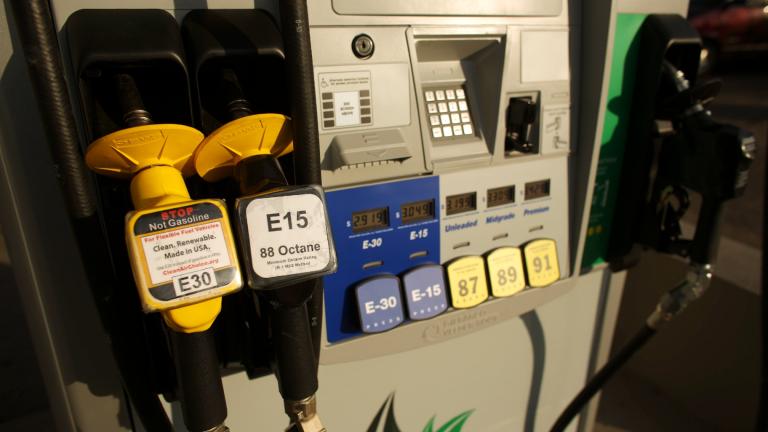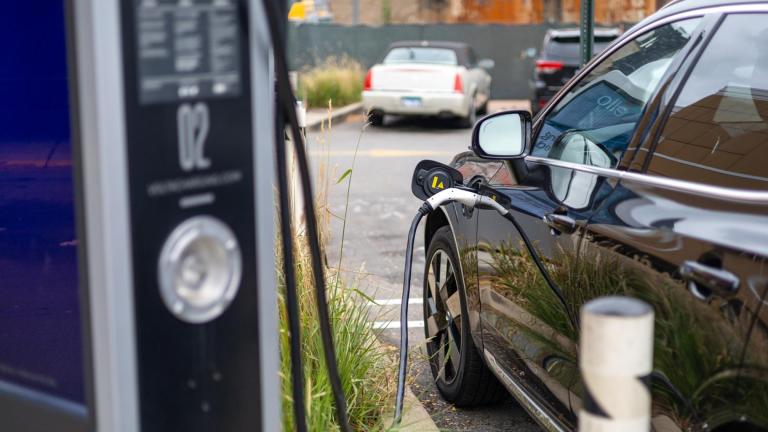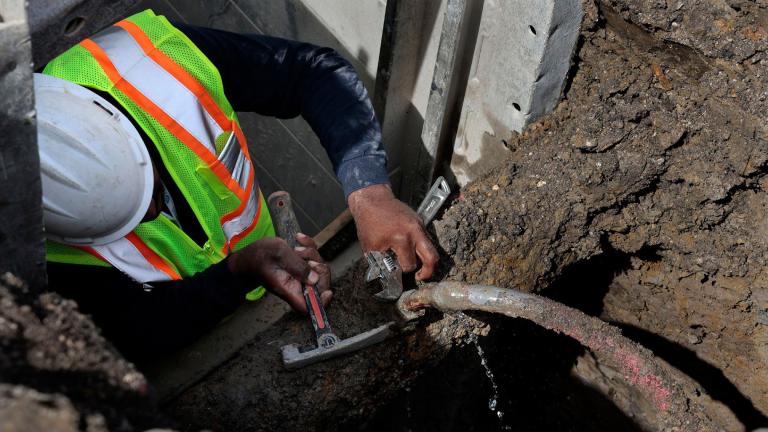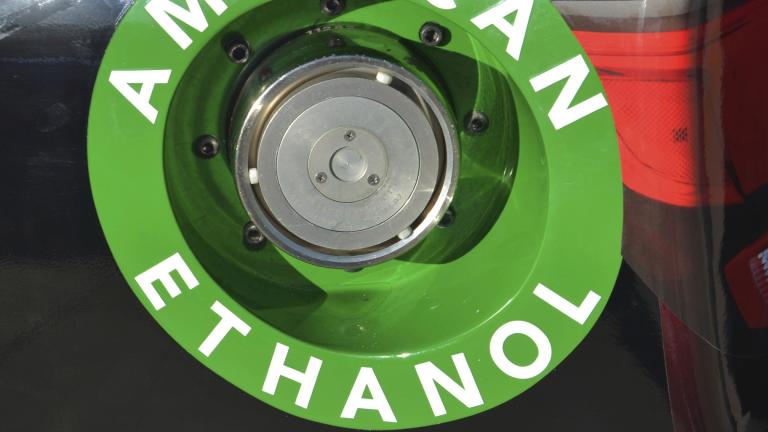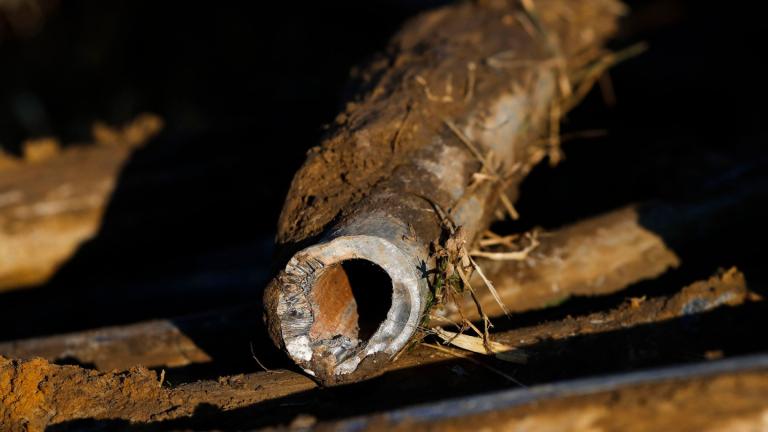The rule applies mostly to states in the South and Midwest that contribute to air pollution along the East Coast. Some states, including Illinois and Wisconsin, both contribute to downwind pollution and receive it from other states.
Environmental Protection Agency
What It Means for the Supreme Court to Block Enforcement of the EPA’s ‘Good Neighbor’ Pollution Rule
Attempts by private groups or individuals to get into a water provider’s network and take down or deface websites aren’t new. More recently, however, attackers haven’t just gone after websites, they’ve targeted utilities’ operations instead.
Environmental advocates in the Chicago area and northwest Indiana applauded a tough new slate of Environmental Protection Agency rules for coal-fired power plants — rules that cover local generating stations that are already offline or slated to be phased out.
New bill would give Illinois EPA greater oversight
Black and Brown communities in Illinois are up to 200% more likely to live near a distribution warehouse than the overall statewide population, according to a new report by the Environmental Defense Fund on the state’s “warehouse boom.”
Gasoline with 10% ethanol is already sold nationwide, but the higher blend has been prohibited in the summer because of concerns it could worsen smog during warm weather.
Illinois has the most lead pipes per capita of any state, according to a 2023 study by the U.S. Environmental Protection Agency.
Chicago’s water has been tested numerous times for the presence of so-called “forever chemicals,” and the substances have never been detected.
One bill would require facilities that store electric vehicle batteries to register with the Illinois Environmental Protection Agency by 2026. The state’s Pollution Control Board would set the regulations for the proper storage of EV batteries.
The new standards will avoid more than 7 billion tons of planet-warming carbon emissions over the next three decades and provide nearly $100 billion in annual net benefits, the EPA said.
Researchers found about 75% of residential city blocks in Chicago had lead-contaminated water. And more than two-thirds children under the age of 6 in Chicago live on these blocks and may be exposed to lead-contaminated water.
A rule finalized Thursday will reduce ethylene oxide emissions by about 90% by targeting nearly 90 commercial sterilization facilities across the country, the EPA said.
The move reflects the importance of ethanol to agriculture. The fuel additive consumes roughly 40% of the nation’s corn crop, so higher sales of ethanol could mean greater profits for corn farmers.
Environmental and public health groups hailed the new Environmental Protection Agency rule finalized Wednesday as a major step in improving the health of Americans, including future generations.
Chicago Public Schools was among 67 winners of the U.S. Environmental Protection Agency’s first Clean School Bus Program.
The EPA said the rule will sharply reduce methane and other harmful air pollutants generated by the oil and gas industry, promote use of cutting-edge methane detection technologies and deliver significant public health benefits.
The EPA proposal said lines must be replaced within 10 years, regardless of the lead levels in tap or other drinking water samples.

